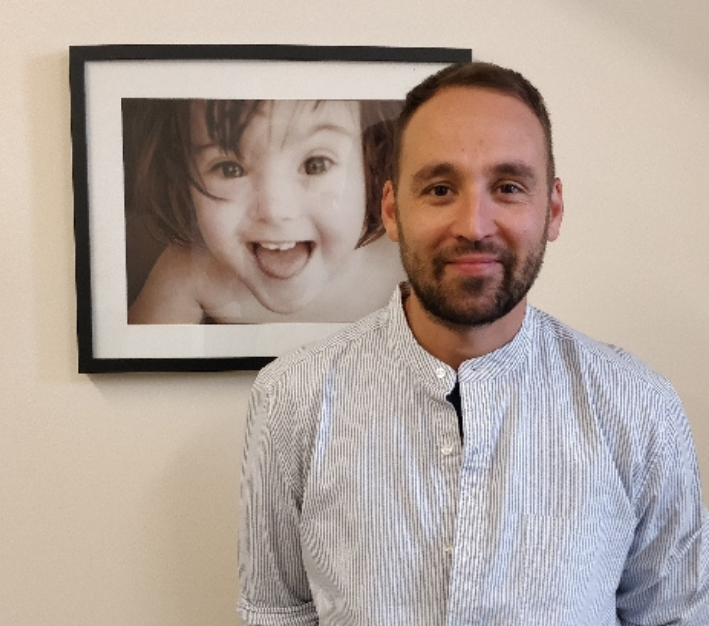Inclusive Education for All #3
2 February 2022
by Chris Barnes, Inclusive Education Officer, Down Syndrome International
 As one of the first nations to introduce an education system, the UK government saw education as a way to mass produce literate workers, who could follow instructions from factory foremen and contribute to Britain’s industrial revolution, and world domination! In 19th & early 20th Century classrooms, children followed the explicit instructions of the teacher and those who couldn’t follow or keep up were side-lined, segregated, or excluded on the basis that they couldn’t fit the mold.
As one of the first nations to introduce an education system, the UK government saw education as a way to mass produce literate workers, who could follow instructions from factory foremen and contribute to Britain’s industrial revolution, and world domination! In 19th & early 20th Century classrooms, children followed the explicit instructions of the teacher and those who couldn’t follow or keep up were side-lined, segregated, or excluded on the basis that they couldn’t fit the mold.
Needless to say, this included learners with physical and learning disabilities, among many others.
Let’s consider the education systems in the UK today.
(England, Scotland, Wales, and Northern Ireland are governed separately, but are fundamentally very similar.)
Based on attendance and academic achievement, the UK has world class education systems and was recently ranked 13th in the world for reading, writing, mathematics and science (for 15-year-olds). Easy to find facts like these, along with the elitist model of published league tables and schools success measured largely by assessment results and attainment data, shows – in part – the priorities of our policy makers.
Understandably, some would say, it is important that the UK education systems empower children to compete in a world-wide higher education and labour market, chiefly focussed on sieving out the best brains by looking at academic achievement.
But at what cost?
It is a sad fact that neuro-diverse learners are being failed by these systems. With more focus on standardised testing/assessment, and the careers of school managers teetering on the evaluation of published data, it is becoming increasingly difficult to run inclusive classrooms.

What can be done?
Unless our current assessment model and knowledge-based curriculum diversifies, we will continue to push children out of the ‘mainstream’ system, where they are entitled to be educated, alongside their peers.
The most recent SEND review says, ‘Every teacher is a teacher of SEND.’ Between 1 and 1.3 million children have special educational needs and disabilities in the UK. It is always going to be an uphill struggle to meet their needs while we are using a curriculum, designed for non-disabled children.
 Education Health Care Plans (EHCP), Individual Education Plans (IEP), or equivalent, are sadly too often used in a negative manner – with ‘barriers to learning’ often deliberated, rather than looking for ways the education setting could possibly adapt to the needs of the child. Reviews of the child’s needs and progress tend to come back with a list of support plans for the child. In truth, it is the school who must be resourced, supported, and better trained, in order to include the child on their terms.
Education Health Care Plans (EHCP), Individual Education Plans (IEP), or equivalent, are sadly too often used in a negative manner – with ‘barriers to learning’ often deliberated, rather than looking for ways the education setting could possibly adapt to the needs of the child. Reviews of the child’s needs and progress tend to come back with a list of support plans for the child. In truth, it is the school who must be resourced, supported, and better trained, in order to include the child on their terms.
We must go back to the drawing board and revisit the principles of inclusion.
Our governments have woefully adopted the values of Article 24 – Education – from the United Nations Convention on the Rights of Persons with Disabilities, 2006, of which we as a united nation accepted and ratified. Our education systems should not be a meritocracy. They should not be a conveyor-belt of knowledge but person-centred and flexible. It’s all about attitude!

